Inflamable has a voice
Villa Inflamable, Dock Sud, Avellaneda
34°39'46.4"S 58°20’22.9”W

Photo by Natalia Buceta
On Sunday 8th of July 2018, Aerocene Foundation in collaboration with Sembrando Juntos Community Center, ACIJ and Blog Proyecto Riachuelo held a day of thought and reflection with Aerocene aerosolar balloon flights at Villa Inflamable. In addition to the residents of Inflamable, we were joined by a documentary team from Universidad 3 de Febrero and the community TV channel that covers the shanty towns of Buenos Aires, Urbana Te Ve.
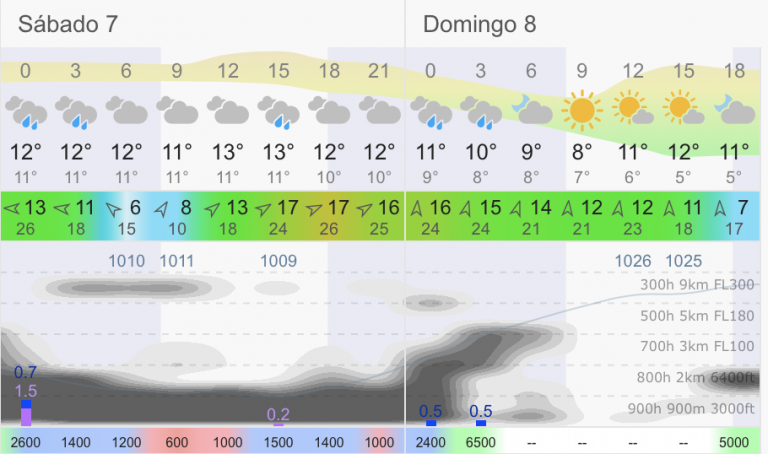
What appeared to be a cloudy day with possible intermittent showers evolved into a day with a few transient cumulus nimbus and sun. A Sudestada (southeasterly winds from a local storm) faded on the Rio de la Plata, leaving winds with gusts of 10 knots.In the morning, we made a Villa Inflamable tour by foot, guided by Daniel, a neighbor known by many habitants. We walked the streets while Daniel told us about the life in the Villa and the most important problems that neighbors are still experiencing.
There is a clear abandonment by the state evidenced in the fact that this community coexists with one of the largest petrochemical plants in Argentina. It is disconcerting to see an almost constant line of tankers that supply fuel to the megalopolis of Buenos Aires, circulating every day in a neighborhood with such urgent needs.
Daniel told us that the inhabitants of Villa Inflamable bear many problems: from the state of the streets (most of them dirt and a few paved) to the lack of services (such as running water, electricity, gas, sewer, poor lighting) the list is long. The state has acknowledged that the water in the town is contaminated and is harmful to health, therefore setting up a distribution network of drinking water bottles through Acumar. Each of the more than two thousand families that inhabit the Villa must go daily to collect their bottles at a distribution center in the area they inhabit.

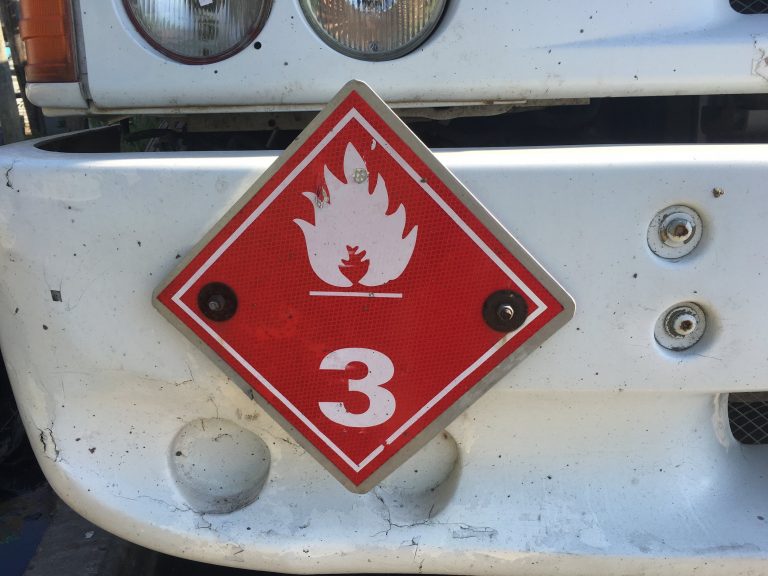
The lack of a sewage network is perhaps one of the most pressing problems of the Villa, since the sewage drains into natural lagoons that are scattered throughout the territory of Inflamable. The lagoons have accumulated garbage of different types, and appear to sustain biological activity that contributes to the processing of waste. However, they are in an area of xtreme risk for all diseases related to the presence of mosquito larvae, such as dengue, zika and chikungunya.
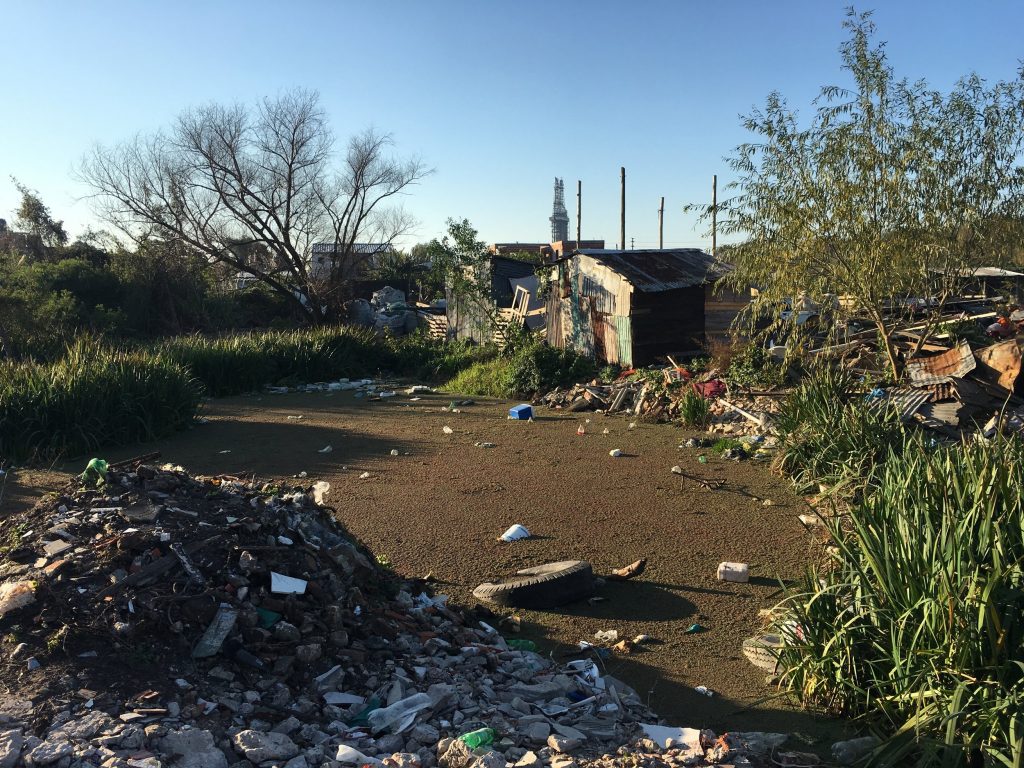
Our warm guide, Daniel, told us that he has 10 children, and after walking we arrived at his house, a small ranch without much natural light, doors or windows. We talked with his wife and some of his daughters, who were making a drawing with cheerful colors on the dining table, inside the dirt floor dining room. Daniel currently coordinates workers of the public cleaning plan of the Villa, and aspires to build -on a slab at the bottom of his plot- a brick house with a firm floor. Our tour of the neighborhood ended in the afternoon, as some guests were already arriving at the Sembrando Juntos Community Center.
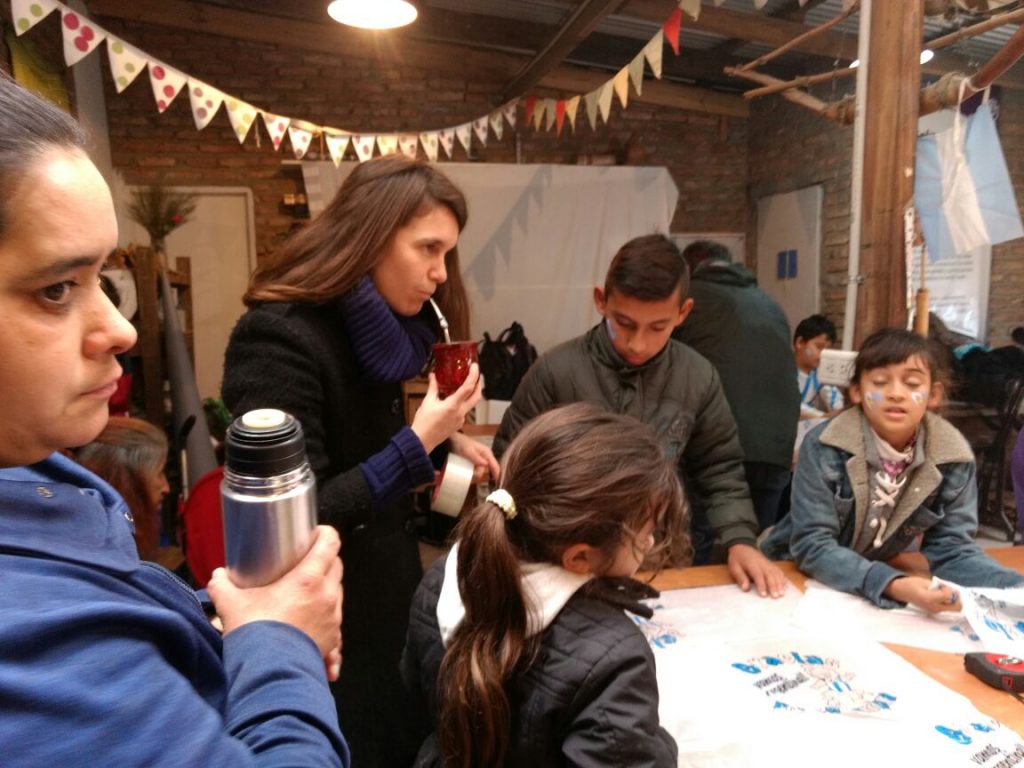


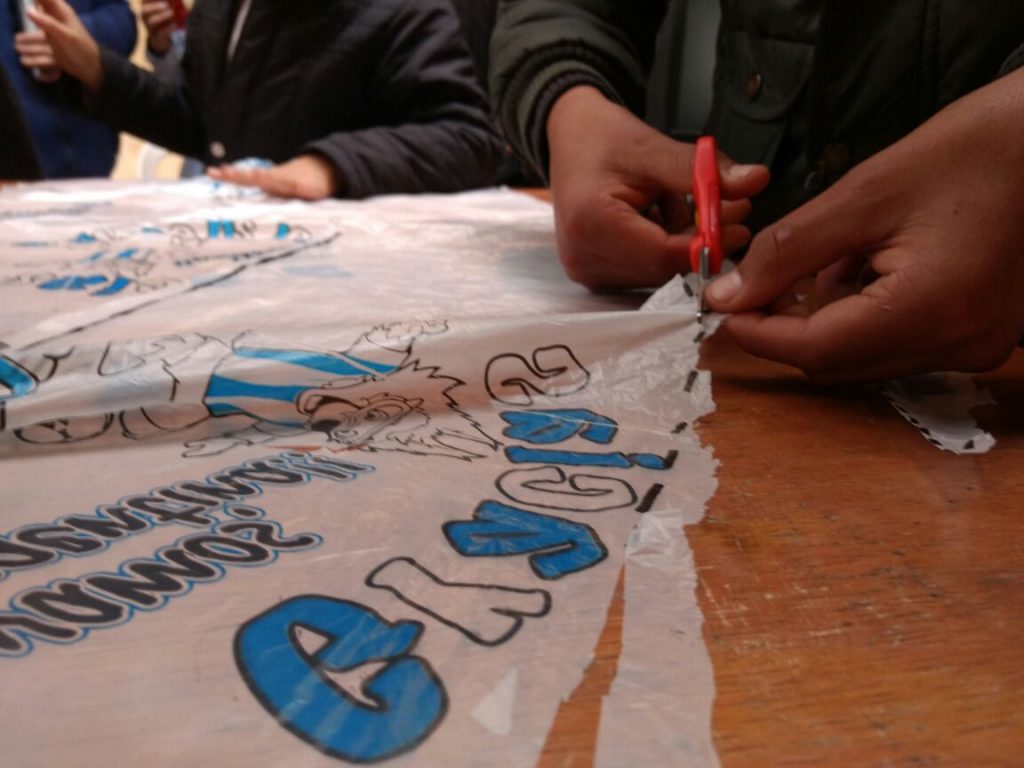
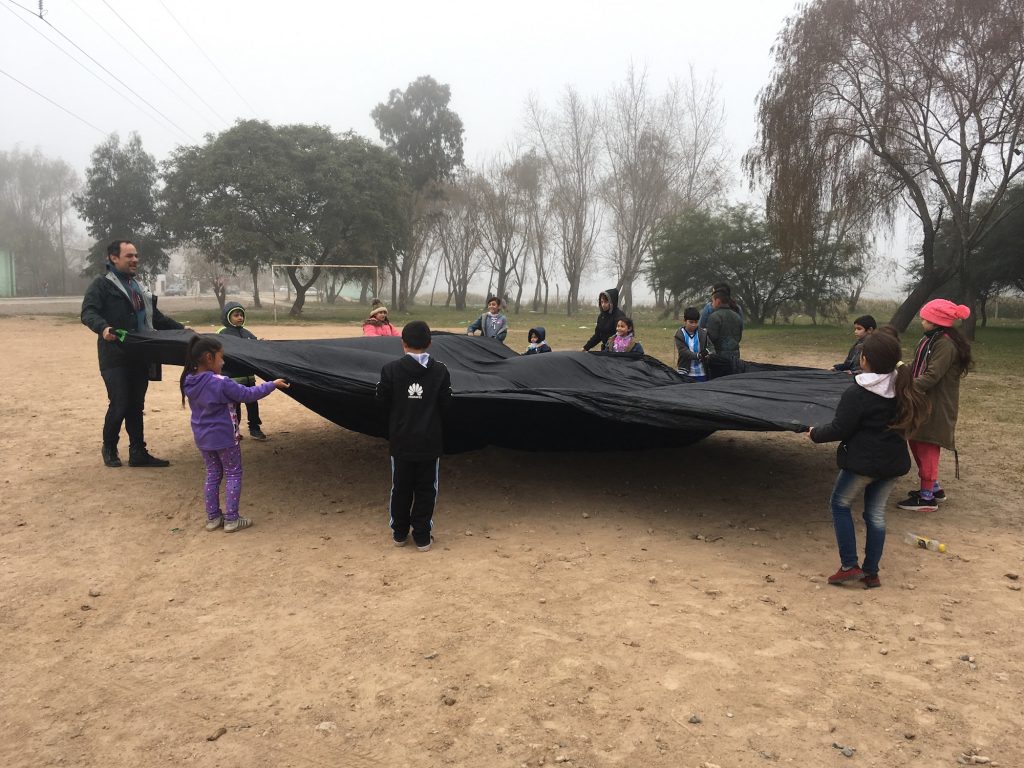
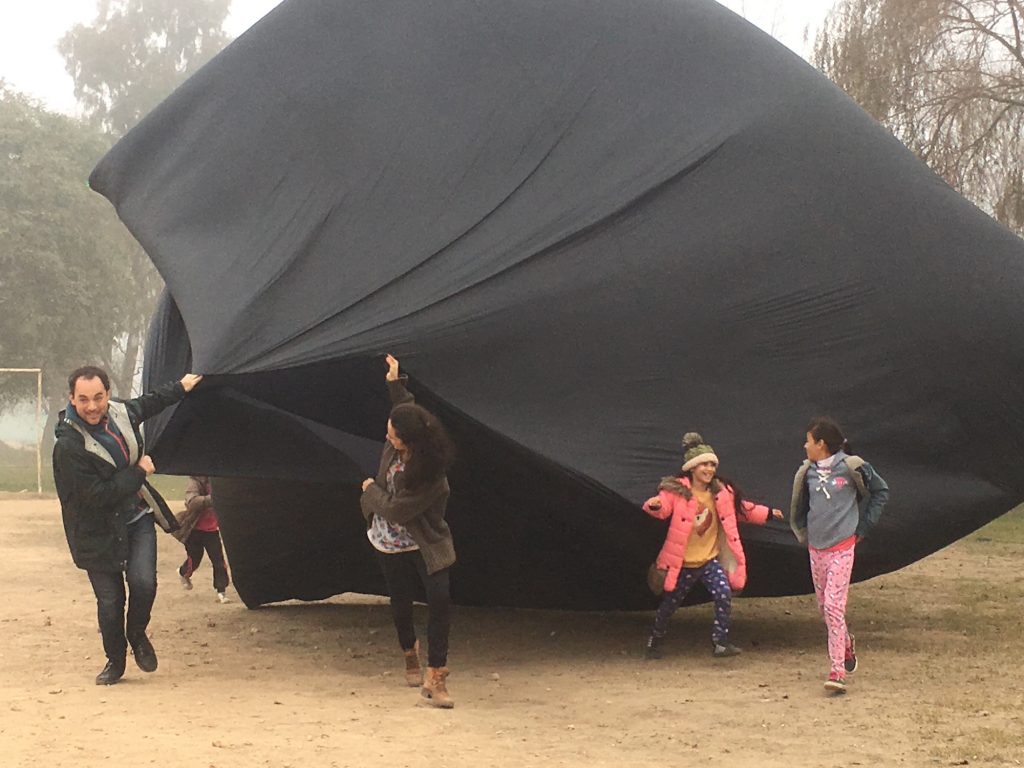

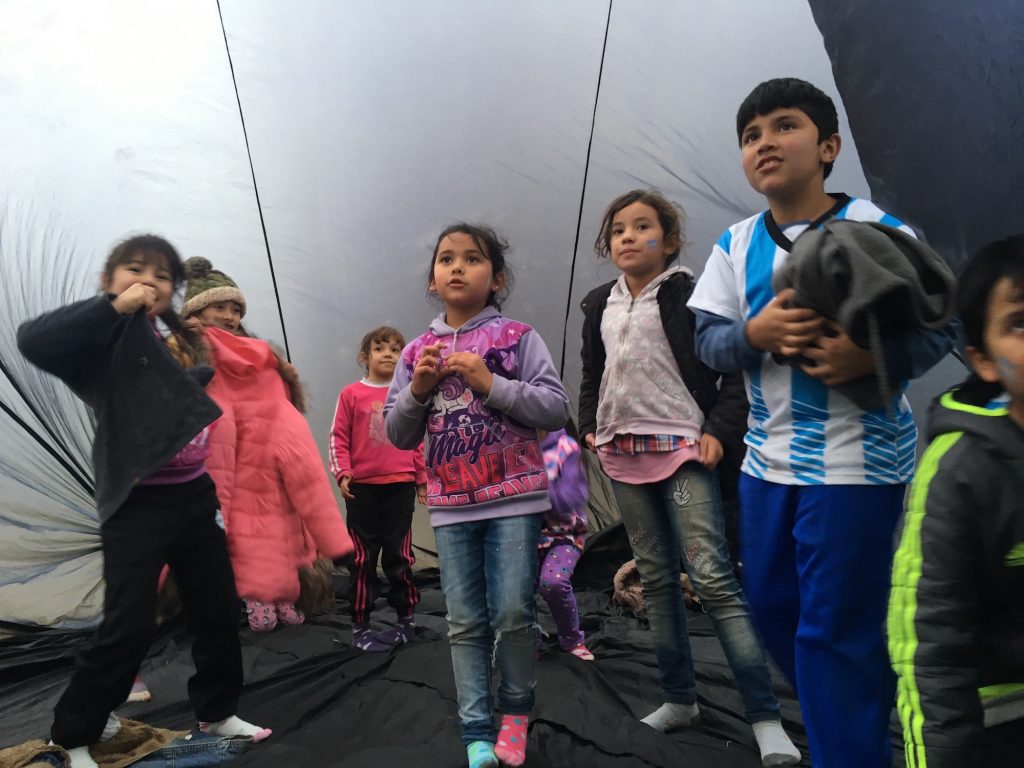
After having organized two days with the children who attend the school support classes at Sembrando Juntos, we expanded our network of contacts and joined with the synergies of different institutions that work to improve the quality of life in the Villa. Such synergies were furthered by Claudia Espínola, leader of Sembrando Juntos, legal promoter and recognized activist for the rights of the inhabitants of Inflamable. Claudia has a wonderful family that helps and accompanies her in everything she does. Her daughter Rocío Luque, for example, studies Social Work University of Lanús and knows the families of the village and everyone’s struggles to live better.
Another auspicious arrival was that of ACIJ (Civil Association for Equality and Justice), which has been doing impeccable work in the Villa for years, developing an agenda of concrete proposals for change and productive economy workshops among other actions. The urban architects Fito Rossi and Gustavo Cañaveral, from the Blog Proyecto Riachuelo, also joined, and gave us a masterclass of the Matanza Riachuelo basin and their vision of productive navigable waterways for the development of the area.

Navigable and productive waterways, architects Gustavo Cañaveral and Adolfo Rossi vision for the Matanza-Riachuelo river basin.
Ezequiel Viggiano of Sembrando Juntos prepared some delicious bondiolas and choripanes for a lunch full of anecdotes from the area, remembering the history and evolution of the Riachuelo, and above all, the coastal landscape prior to the anthropocentric corporate oil activity that settled in this neighborhood in the form of a gigantic petrochemical plant.

Finally it was time for the flights! We went to a plot in front of the container deposit, since Inflamable’s Saladita was full of mud due to past week’s rain. We flew two Aerocene Explorer balloons, together with the community of Inflamable.Our guide Daniel came with 4 of his younger daughters. The balloons registered atmospheric variables and created an Aeroglyph, or signature in the air. These signatures describe the flight of aerosolar balloons and are collected around the world as signatures for an ethical commitment to the atmosphere, and for a future free of fossil fuels.
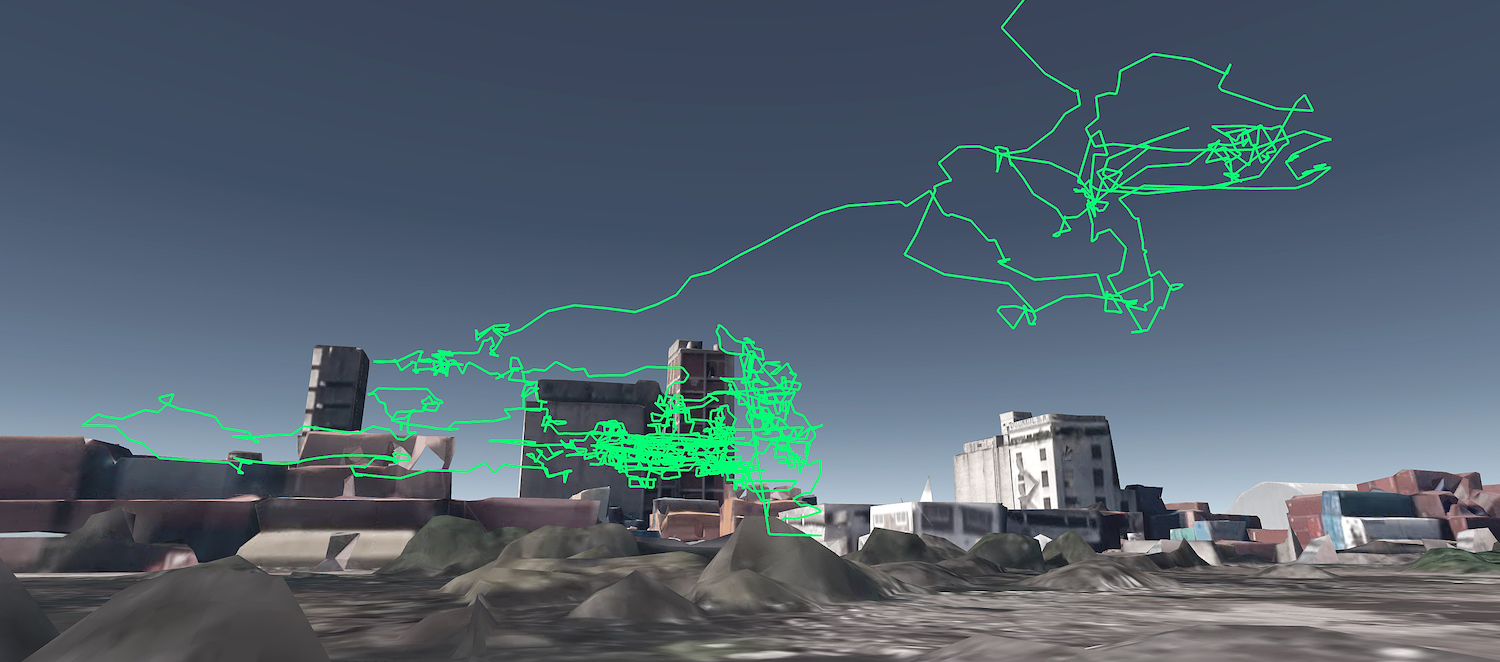
Firmamos por un futuro libre de combustibles fósiles!
In a moment full of emotion, the activist Claudia Espínola read a document written by the community, in which the historical work of the activists of Inflamable and the Matanza-Riachuelo basin is recognized and a call is made for reliable solutions for environmental contamination. Although not being able to be present, the activists Débora Swistun – who wrote the celebrated book Flammable – and Claudia Mendoza – who gave name to the collective cause of the Supreme Court ruling, were evoked and remembered.

The group of neighbors, institutions, volunteers and children that met on this day to reflect on the community, the atmosphere and environmental issues not only reached that goal, but also a marked feeling of brotherhood, collaboration and solidarity remained floating in the air. These values uide us, in the search for a better quality of life for the two thousand families of Villa Inflamable. Our future actions are focused to continue accompanying this valuable community, and to facilitate a series of concrete actions to help with some precise needs of Villa Inflammable inhabitants. Because, as Claudia Espíndola reflected: “Flammable has a Voice”.
Photos by Gabriela Sorbi, Natalia Buceta, Jimena Rodriguez Berisso y Margarita Ezcurra
